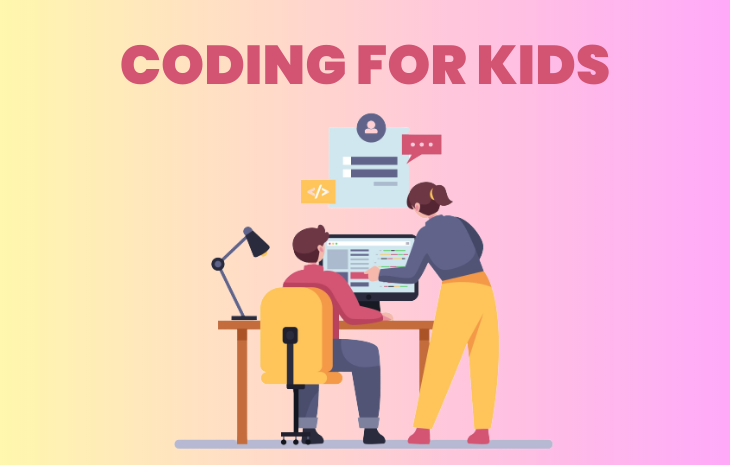
Coding has become an essential skill for kids to learn in the 21st century. As the world becomes more digitalized, the demand for individuals with coding knowledge continues to grow. Thus, introducing kids to coding at an early age is crucial for their future success.
Coding for kids training programs are designed to teach children the basics of programming languages and equip them with the skills required to create websites, apps, and games. These training programs usually offer a variety of courses tailored to the child’s age and skill level. For younger children, the training courses may focus on visual programming languages that use drag and drop blocks to create simple animations and games. As children get older, they can progress to more complex programming languages like PHP, Java, JavaScript, etc…!
The benefits of coding for kids are numerous. It helps children develop critical thinking and problem-solving skills while fostering their creativity and imagination. It also introduces them to technology and prepares them for future job opportunities in the tech industry.
Coding for kids training is becoming increasingly important in today’s digital age. Here are some reasons why:
Future Job Opportunities: As the world becomes more digitized, the demand for individuals with coding knowledge continues to grow. Introducing kids to coding at an early age can help prepare them for future job opportunities in the tech industry.
Developing Problem-Solving and Critical Thinking Skills: Coding involves analyzing problems and breaking them down into smaller, more manageable components. Through coding, kids develop problem-solving and critical thinking skills that can be applied to a range of subjects and disciplines.
Understanding Technology: In today’s digital age, technology is ubiquitous. Learning to code helps kids understand how technology works, making them more tech-literate and better equipped to navigate the digital world.
HTML (Hypertext Markup Language) is the standard markup language used for creating web pages. HTML is used to structure content on a web page, including text, images, and other media.
HTML consists of a series of tags, which are used to indicate how the content should be displayed on the web page. For example, the <h1> tag is used to indicate a heading, while the <img> tag is used to insert an image.
CSS (Cascading Style Sheets) is a vital component of web design that allows developers to control the visual appearance of their web pages. A CSS training course typically covers the basics of CSS syntax, selectors, and styling properties, as well as more advanced techniques such as layout, responsiveness, and animations.
The first topic in a CSS course is usually selectors, which are used to target HTML elements for styling. Instructors will cover the different types of selectors such as class, ID, and tag selectors, and how to use them to apply styles to specific elements on the page. Students will also learn about CSS specificity, which determines which styles take priority when multiple styles are applied to the same element.
Next, the course will cover styling properties such as font, color, background, and borders. Instructors may also cover advanced properties such as gradients, shadows, and transitions. Students will learn how to apply these properties using CSS syntax and selectors.
Overall, a CSS training course should provide students with a solid foundation in CSS syntax, selectors, and styling properties, as well as more advanced techniques such as layout, responsiveness, and animations.

Best Institute to learn Digital Marketing. I Learned DM Course from Gyan Vigyan And Got An Paid Internship. Thanks To Gyan Vigyan and Specially Manoj Sir And Vipin Sir For Their Proper Guidence.

Gyan Vigyan is the best computer education institute and their teachers are very helpful and best
1. Introduction to Python Language
2. Download & Install Python
3. Python Language Syntax
4. Python Keywords and Identifiers
5. Python Comments
6. Python Variables
7. Python Data Types
8. Python Operators
9. Python Control Flow – Decision Making
10. Python Control Flow – Looping
11. Python Control Flow – Branching
12. Python Numbers
13. Python Strings
14. Python Lists
15. Python Tuples
16. Python Sets
17. Python Dictionaries
18. Python Arrays